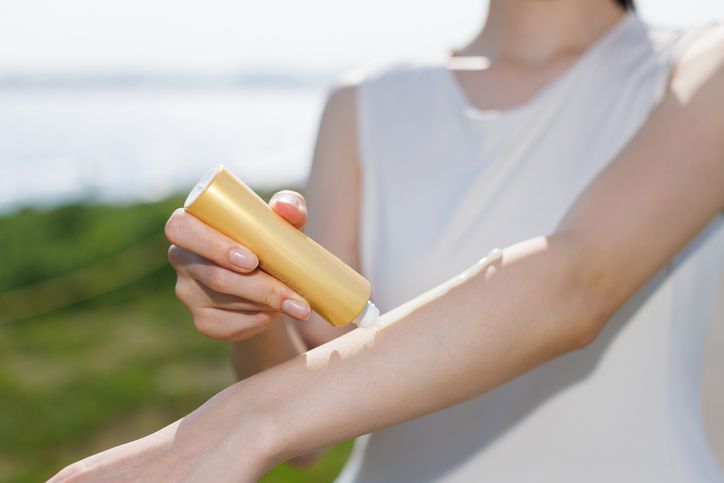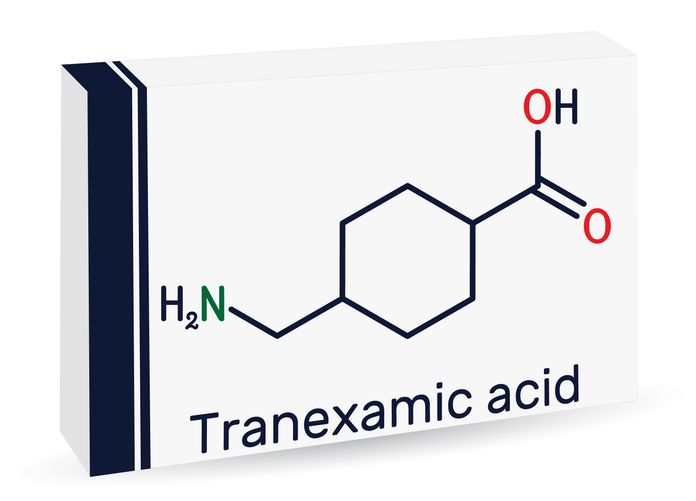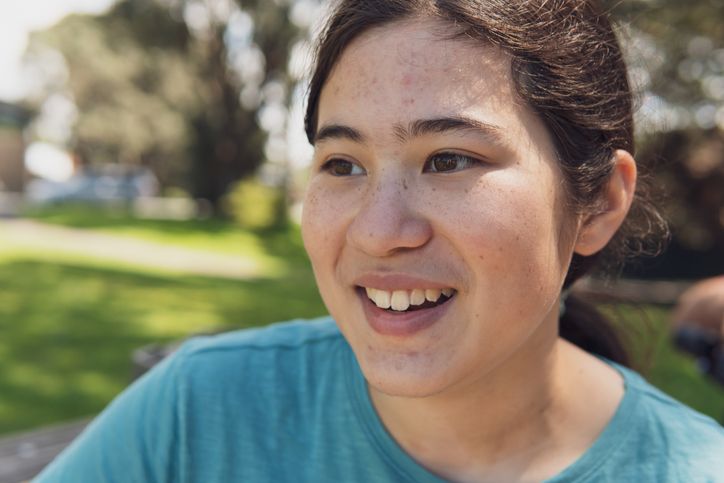- Home
- Trend
- Weight Loss Strategies
- Acne Tips
- Hair Health Information
- Blemish Removal Tips
- Acne Scar Removal Tips
- Muscle Building Techniques
- Intimate Care Tips
- Postpartum Intimate Care
- Eye Bags Wiki
- Tips for Face Slimming
- Secret of Permanent Hair Removal
- Breast Enlargement Tips
- Cure to Snoring
- Marionette Lines
- Skin-Tightening Secrets

免費體驗
Fotona 4D NightLase Snoring Treatment
1 Minute Self-Registration
Date should not be before minimal date
Snoring can be more than just a bothersome nighttime noise. It may signal a hidden health issue, like obstructive sleep apnea, which disrupts sleep and affects daily life. Fortunately, advancements in sleep medicine offer effective solutions to address snoring and related disorders, promoting better sleep and healthier outcomes. Let us walk you through on how you can stop snoring without the need of a surgery today!
1
Snoring and Obstructive Sleep Apnea: The Danger Behind Loud Snoring

Obstructive Sleep Apnoea Syndrome (OSA)
2
Who is Likely to Get Obstructive Sleep Apnea Syndrome?
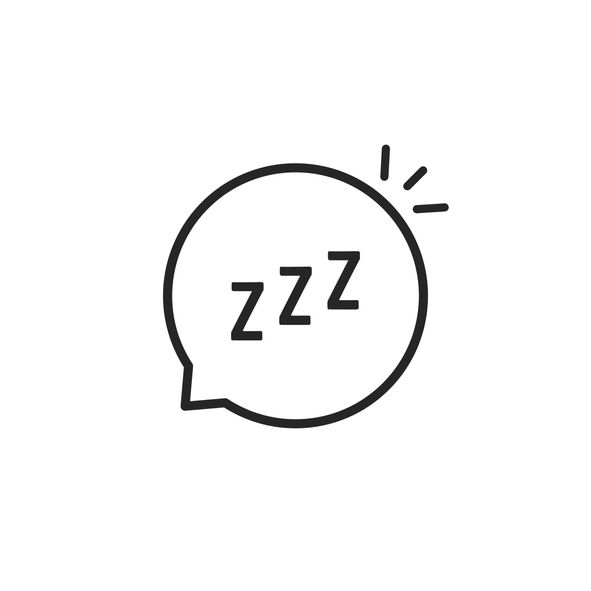
Obesity
Nasal Congestion
Anatomical Abnormalities
Lifestyle Habits
Age
- Shortness of Breath at Night: Causes, Treatments, and When to Seek Help
- Do Snore Strips Really Work? 3 Types of Snore Strips & the Latest Snoring Detection Apps
- 3 Hidden Side Effects Of Snoring Devices: What Beauty Clinics Don’t Tell You! A Must-Read Before You Decide
- 10 Reasons Why You Snore & 10 Methods On How Not To Snore
3
5 Strategies You Can Do to Fix Snoring & Sleep Disorders
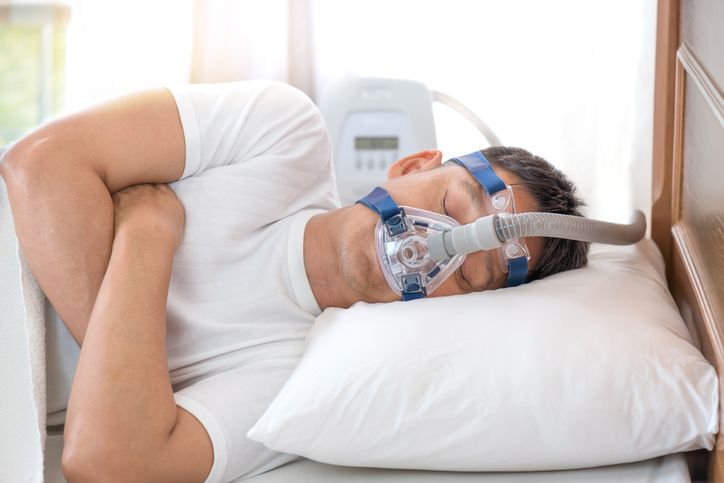
1. Continuous Positive Airway Pressure (CPAP)
2. Oral Appliances
3. Medications
4. Sleep Disorders Centre
5. Fotona 4D Nightlase Snoring Treatment
4
5 Nasal Breathing Exercises to Help You Regain Normal Breathing

1. Diaphragmatic Breathing through the Nose
2. Alternate Nostril Breathing (Nadi Shodhana)
3. Humming Bee Breath (Bhramari)
4. The Sighing Technique
5. Resistance Breathing

免費體驗
Fotona 4D NightLase Snoring Treatment
1 Minute Self-Registration
Date should not be before minimal date
5
Conclusion


免費體驗
Fotona 4D NightLase Snoring Treatment
1 Minute Self-Registration
Date should not be before minimal date
FAQ

1. What are the potential benefits of palatal surgery for individuals with obstructive sleep apnea syndrome, and how does it address abnormal structures like the soft palate?
Palatal surgery can significantly alleviate snoring and symptoms of obstructive sleep apnea syndrome by removing or reshaping abnormal structures in the throat, such as an elongated or thickened soft palate. This procedure aims to widen the airway, reducing the frequency of apnea episodes and improving airflow during sleep.
2. How can an endoscopic upper airway evaluation help in diagnosing the cause of snoring and obstructive sleep apnea, particularly in patients with facial and jaw abnormalities?
An endoscopic upper airway evaluation provides a detailed view of the airway, allowing doctors to identify specific areas of partial upper airway obstruction, including those caused by facial and jaw abnormalities. This comprehensive assessment helps in pinpointing the exact causes of snoring and obstructive sleep apnea, facilitating targeted treatment plans that may include interventions to open nasal airway passages or correct structural issues.
3. In what ways can neck surgery be a solution for patients suffering from obstructive sleep apnea syndrome, and how does it differ from using sleeping pills to manage the condition?
Neck surgery can offer a permanent solution for obstructive sleep apnea syndrome by removing excess tissue or correcting abnormalities that contribute to airway obstruction, thereby improving the patient's ability to breathe freely during sleep. Unlike sleeping pills, which only temporarily aid in falling asleep without addressing the root cause of sleep apnea, neck surgery aims to alleviate the condition's underlying structural problems, offering a long-term solution to improve sleep quality and overall health.
4. Can the use of sleeping pills exacerbate conditions like partial upper airway obstruction in individuals trying to fall asleep, and what are the alternatives for managing sleep deprivation in such cases?
Sleeping pills can relax the muscles in the throat, potentially worsening partial upper airway obstruction and making it more difficult for individuals to maintain an open airway while trying to fall asleep. Alternatives for managing sleep deprivation without exacerbating breathing issues include lifestyle changes, such as weight loss and positional therapy, and medical interventions like CPAP therapy or oral appliances designed to keep the airway open during sleep.
5. What role does the soft palate play in snoring and obstructive sleep apnea syndrome, and how can treatments aimed at the soft palate help alleviate these conditions?
The soft palate can play a significant role in snoring and obstructive sleep apnea syndrome by vibrating during sleep or obstructing the airway due to its size or position. Treatments targeting the soft palate, such as palatal stiffening procedures or minimally invasive surgeries, can reduce its tendency to collapse and vibrate, thereby alleviating snoring and reducing the severity of sleep apnea. These interventions aim to enhance the stability of the airway and improve the patient's ability to breathe without obstruction during sleep.





